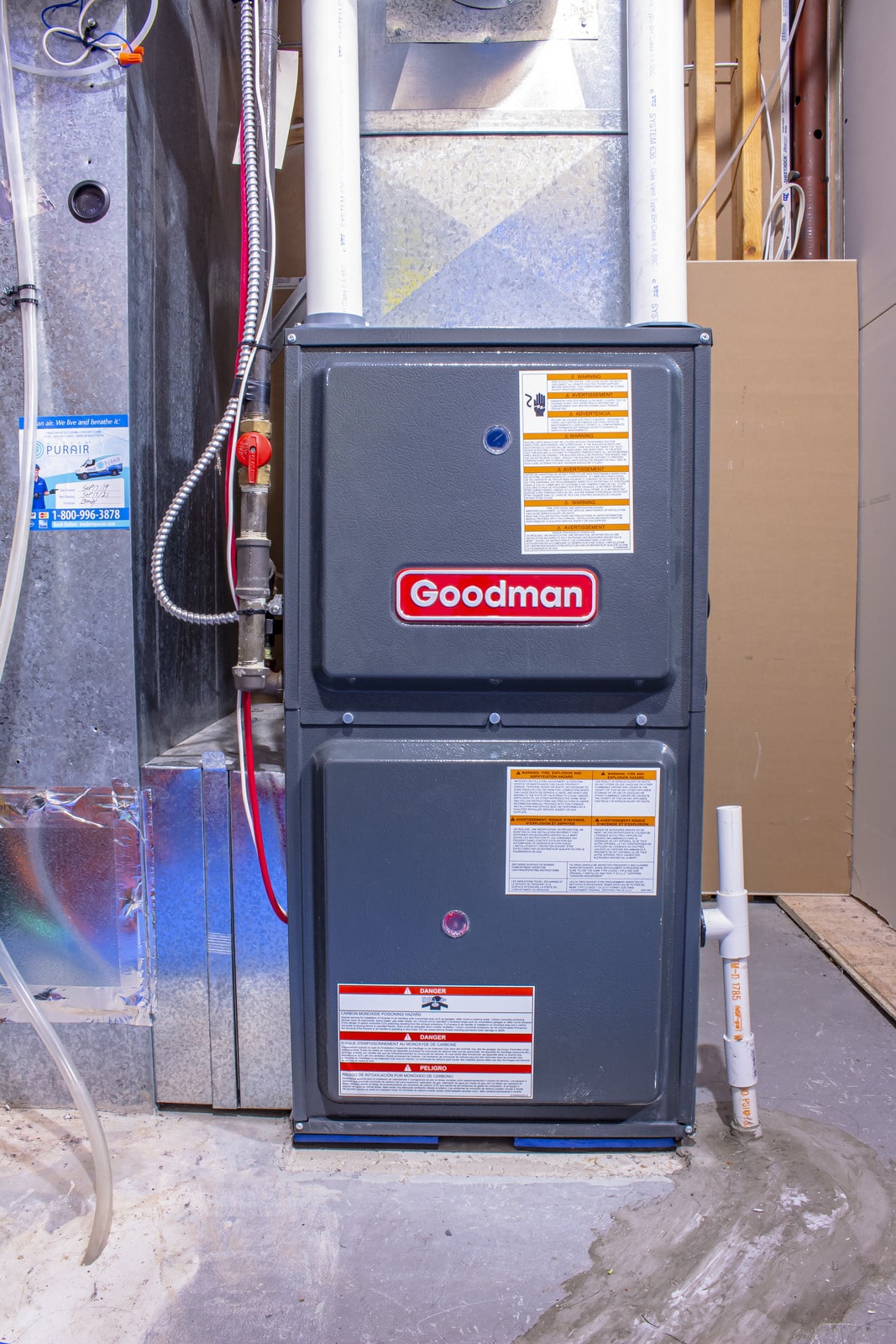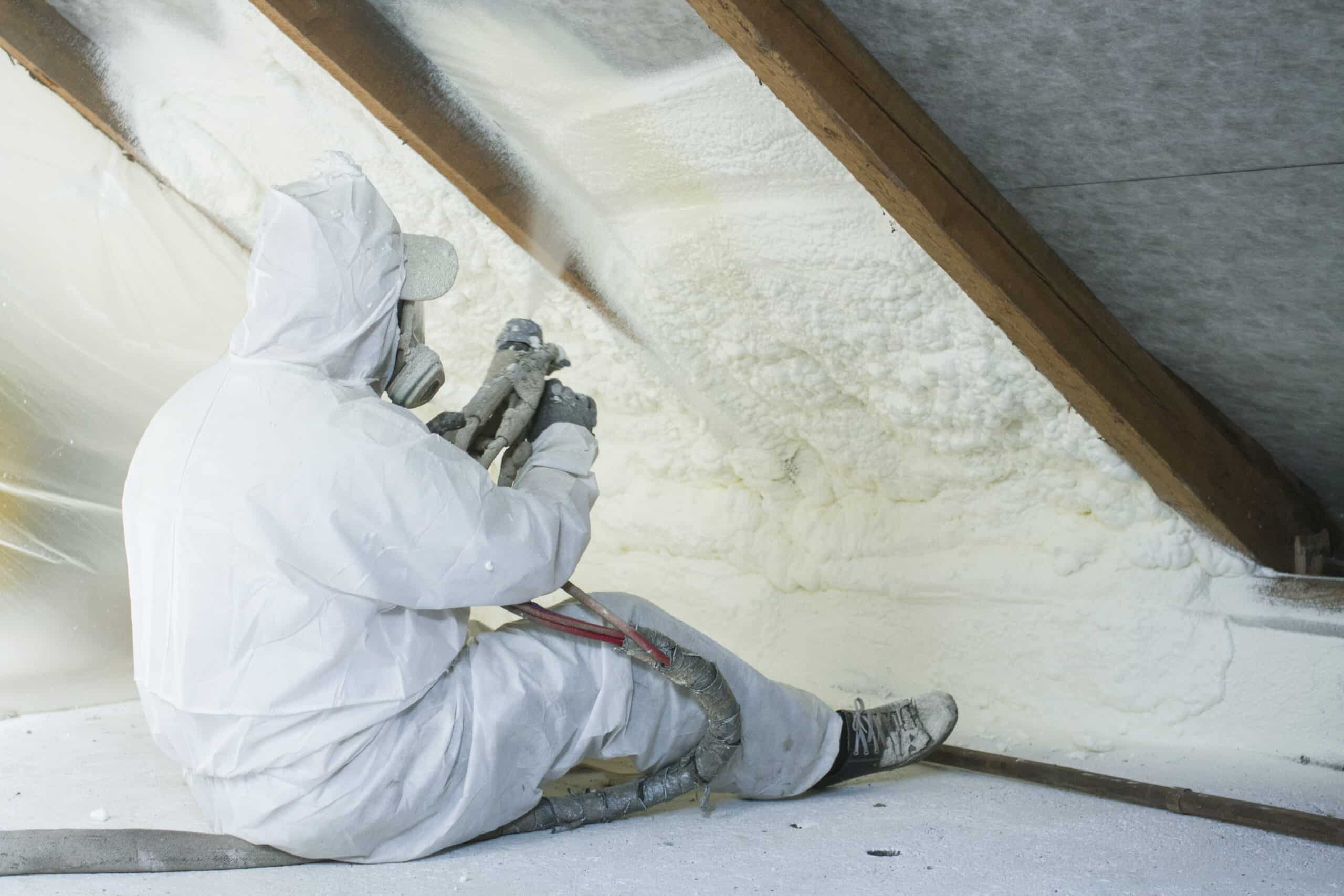Green Attics - The Facts
The Green Attics PDFs
Table of ContentsThe Best Guide To Green AtticsSome Known Incorrect Statements About Green Attics Not known Facts About Green AtticsThe Ultimate Guide To Green Attics4 Simple Techniques For Green AtticsThe Ultimate Guide To Green AtticsGreen Attics - An Overview
Around the smokeshaft. Building codes require that air rooms in between chimneys and floor or ceiling settings up with which they pass be sealed with a non-combustible fire stop (see Number 5-3 and Figure 5-4). Along the edge of common walls. There is typically a gap in between the celebration wall (such as the common wall surface between devices in duplexes, triplexes and row residences) and the side of the attic room floor.
A heavy polyethylene sheet which is caulked with acoustical sealer and stapled to the ceiling encases the electric box. An electrical cord leads away from the electric box and down through a hole right into an interior wall surface. Openings around electrical cables are full of caulking or foam sealant, and caulking seals voids along the top of the interior wall surfaces.
Attic air flow serves a variety of functions. Spray foam insulation. It reduces summer heat accumulation, prolonging the life of roof covering and decreases a/c unit loads. After air sealing, attic ventilation is your 2nd line of support versus the water vapour that might have found its means into the attic. It makes sure a colder, well-vented attic space less susceptible to the development of ice dams at the eaves.
The 2-Minute Rule for Green Attics
You may have to locate roof or soffit vents from outdoors if they are not plainly noticeable from inside the attic. Houses with actually peaked roofs and accessible attic rooms are the most convenient to air vent by utilizing the ratio of 1 to 300. This ratio describes unhampered vent area to the shielded ceiling location.

The area of vents is as important as their number and kind. Typically, a combination of types and places will work best. The following Parts detail the best approach depending upon your attic type. After you have inspected the attic room and accomplished any kind of therapeutic job, emphasis first on air and moisture control.
Green Attics Things To Know Before You Buy
On the other hand, spray foam uses air sealing and a first layer of top quality insulation that can be covered as much as the wanted RSI (R) level. If the attic room retrofit is being completed along with indoor restorations, the easiest technique is to install a new, solitary air and vapour barrier on the bottom of the ceiling joists.
Spray foam or stiff board insulation can aid connect the void in this area. Cut rigid board to fit between the ceiling joists and to expand from the exterior wall surface leading plate toward the attic.
Eliminate existing insulation from the area you are working on and set it to one side. Caulk all sides, spaces and joints, see Numbers 5-10 and 5-13.
Spray foam professionals can set up closed-cell foam between the joists to air seal and add insulation at the same time to the ceiling. All existing insulation and dust must be removed first to enable for a great bond.
Our Green Attics Diaries
(https://www.sooperarticles.com/authors/794240/neal-romo.html)
This eliminates roof airing vent and produces what is called a warm roofing, where the attic area enters into the conditioned (heated and cooled) residence area. This procedure may be ideal for some attics, however do not continue without approval from your structure inspector, and afterwards only utilize a qualified spray foam specialist that recognizes with the procedure.
If there are obstructions over the joists, such as with a truss roof, it may be most convenient to put batt insulation right into the joist rooms and then make use of loose-fill insulation to create a total covering of insulation over the joists and around all obstructions. Loose-fill insulation is likewise excellent by itself, particularly in uneven or blocked spaces.

Some Known Factual Statements About Green Attics
Use frustrates between each rafter room to prevent it from being obstructed (see Figure 5-11). Shield above and listed below cross bracing, splitting or reducing the batt to fit the cross supporting as shown in Figure 5-12. Cut one batt into a series of wedges and then fit a wedge under each support.
The first layer of batts need to be thick sufficient to completely fill to the top of the joist room. The second layer can after that run vertical across the joists to block any warmth flow with and around the joists (see Figure 5-13). useful link Radiant barriers. Make sure that there are no spaces in between the two layers of insulation
Start at one end of the attic and unroll the blanket. Figure 5-11 Baffles can be utilized to preserve air movement via the soffit vents Text variation Exploded view of baffles in between attic room roof joists with arrows indicating air movement traveling from the exterior, through a vent in the ceiling overhang, and over the baffles.
Green Attics Things To Know Before You Buy
Figure 5-13 The top layer of insulation runs vertical down layer Text variation Illustration of layers of batts of insulation between and over attic room joists. Batts on top of joists are perpendicular to batts in between joists. A polyethylene sheet is laid under both layers of insulation and affixed to the top of attic room joists by caulking and staples.

If the loose fill is deeper than the joists, construct insulation structure (a baby crib) around the attic room hatch to ensure that it can be filled up to the side (see Number 4-7). The bags of insulation product will certainly detail the number of square metres (or square feet) each bag must cover to supply the called for RSI worth.
Some Known Details About Green Attics
If you are having a specialist do the work, compute the RSI value that you want and examine the bags of insulation to be made use of. They must suggest the area that one bag will certainly cover at the chosen protecting value. You and the contractor need to after that agree on the total variety of bags to be utilized, the expected shielding worth and the minimum settled deepness of insulation throughout the attic room, based on a specific thickness.